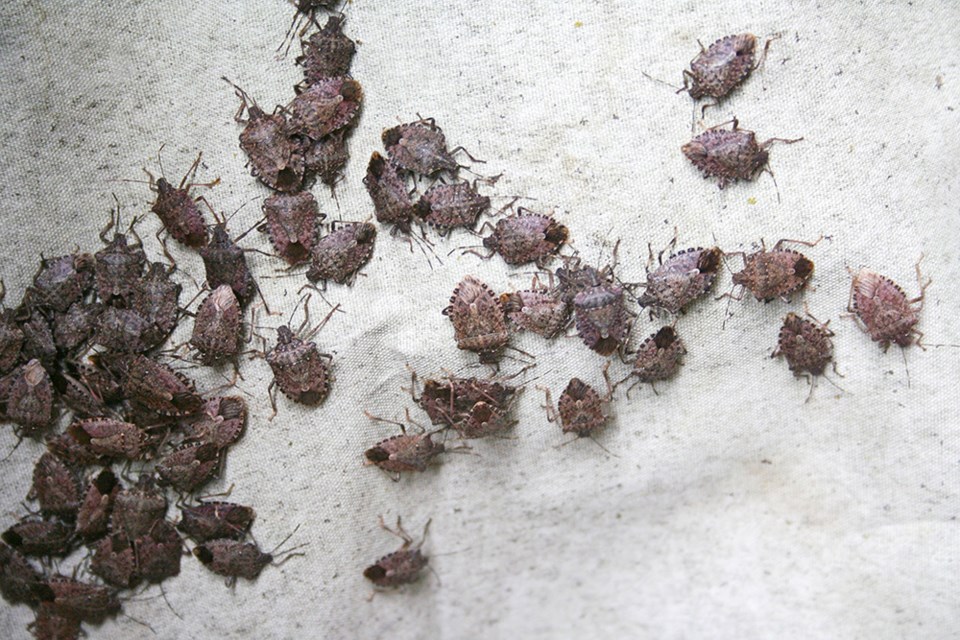An entomologist with the province asks Sea to Sky Corridor residents to keep their eyes peeled for the brown marmorated stink bug (BMSB) and to report them if seeing them for the first time.
Tracy Hueppelsheuser, an entomologist with the B.C. Ministry of Agriculture and Food, told The Squamish Chief in an interview that they are looking for residents to report sightings of the bug in an online form. Specifically, they hope to get data from folks who have yet to spot the bug.
“We're really more interested in hearing from regions that haven't seen it before,” said Hueppelsheuser.
She noted there have been a few reports of the invasive species in Squamish, so they are interested in seeing if it has spread to further neighbouring regions.
“We're just about 10 years since first detection, and it seems like populations have increased in the last two or three years,” said Hueppelsheuser of the detection of the BMSB in B.C.
Hueppelsheuser described the bug as having a brown topside with white speckles, a white-coloured belly, and banding on legs and antennas. She said they are often found inside homes, on patios and in patio umbrellas. They are also attracted to lights and can sometimes be heard inside homes flying, which Hueppelsheuser described as sounding like “little helicopters.”
“If you see a stink bug in your house in the winter, I'm … 99.9% confident that it's going to be a BMSB,” she said.
Also, she said they collect data on egg clusters, which are white and globe-like in shape and will have about 28 eggs per mass.
Although the bug isn’t harmful to humans, pets or homes, it feeds on vegetable crops and fruit. While some of the damage to these is aesthetic, Hueppelsheuser said they do have concerns for hazelnut orchards.
“There is one crop that we are concerned about, and we are certainly seeing an increase in bugs, and that is the hazelnut orchards,” she said, which are often found in the Fraser Valley.
Hueppelsheuser said both nymphs and adults can actually pierce the shell and feed directly on the developing kernel, leading to what they call “corking” which are “brittle and distorted spots on the nuts.”
Fortunately for those who spot the bug in their home, Hueppelsheuser said simply picking the bug, sticking it in a bag in the freezer to kill it then discarding it is all you need to do to get rid of it.
“We have never seen the numbers that they've seen in eastern North America,” she said. “So, there's no need for any sprays or anything like that.”
For those who have potentially spotted the bug or eggs for the first time, the B.C. government has an online form to report sightings. They also have images of the bugs and eggs online as well.
Hueppelsheuser said stopbmsb.org also has some great information.






